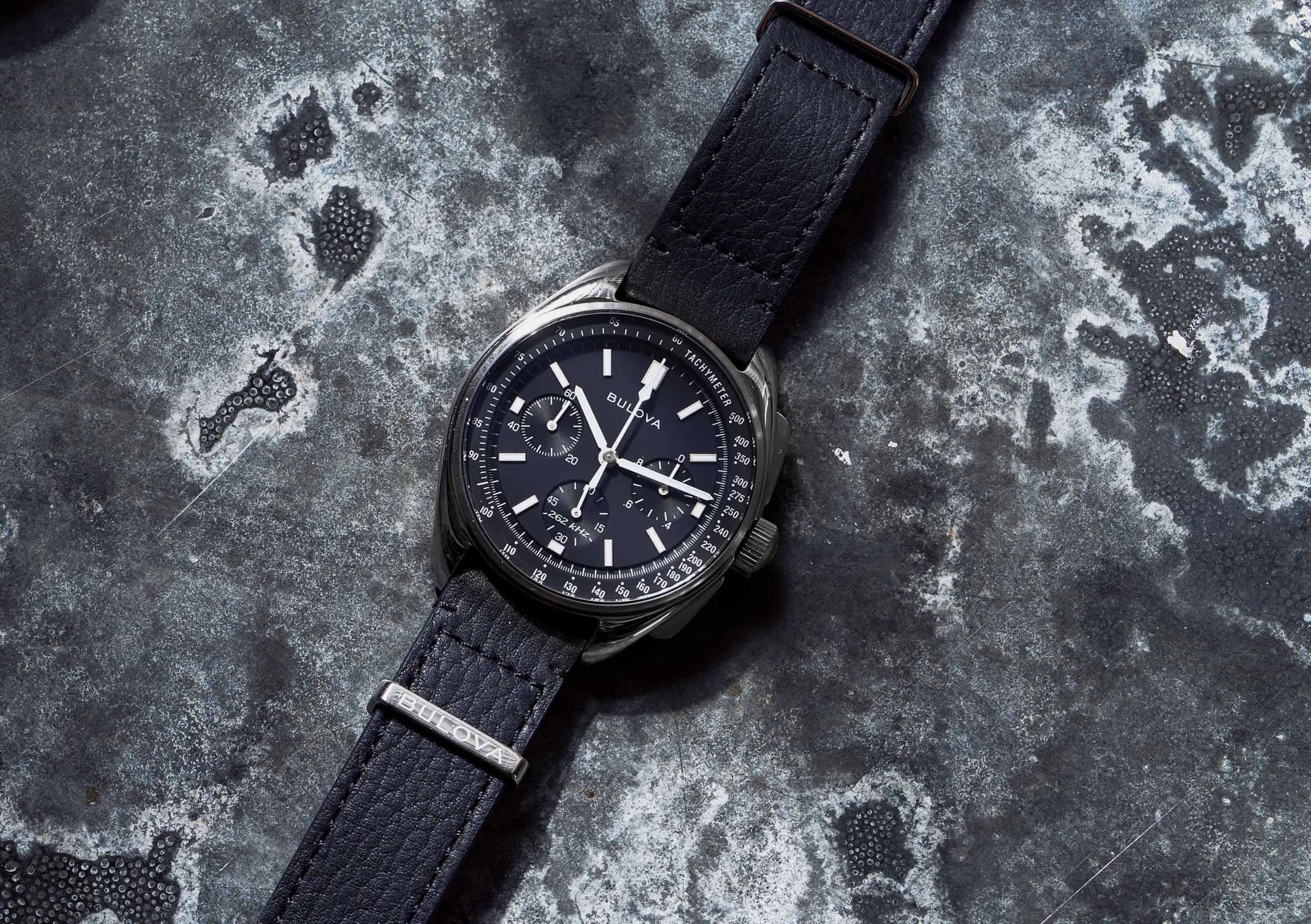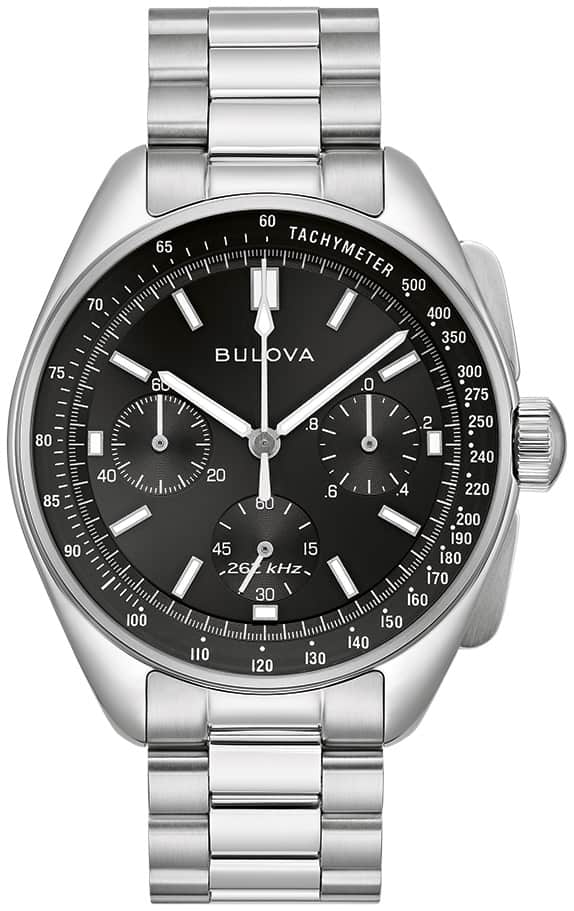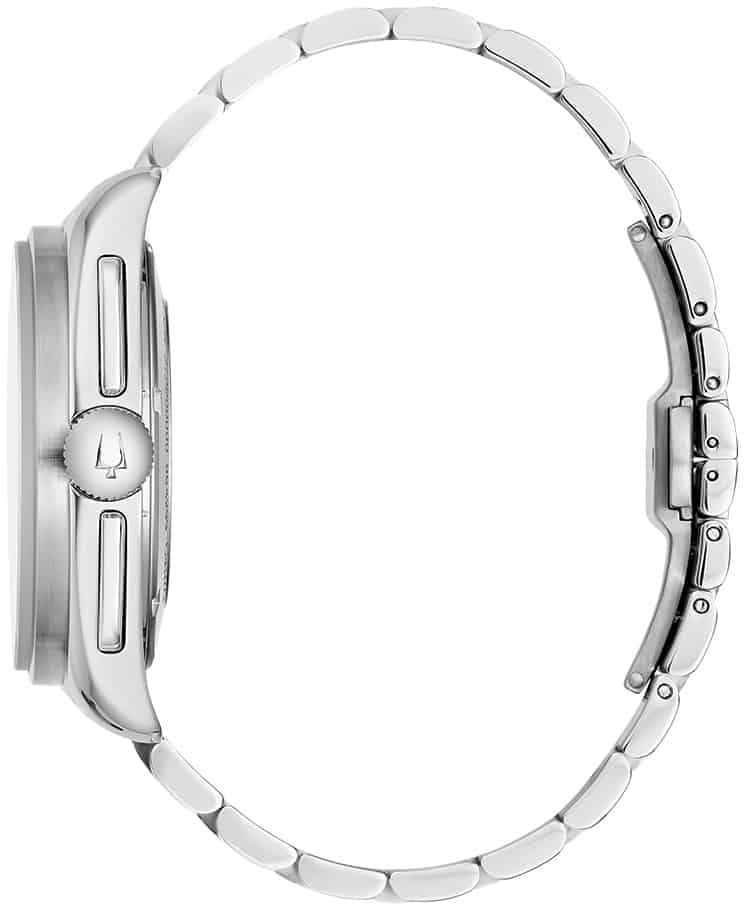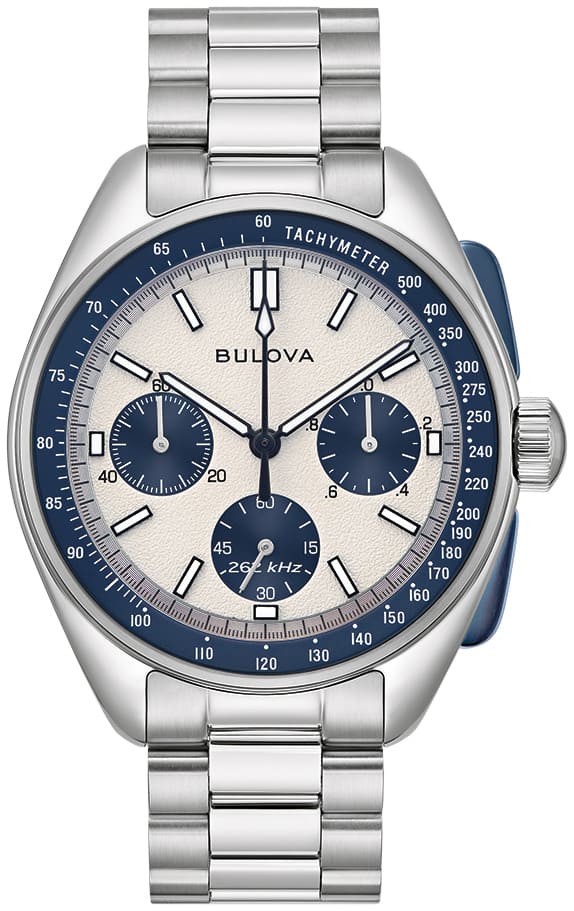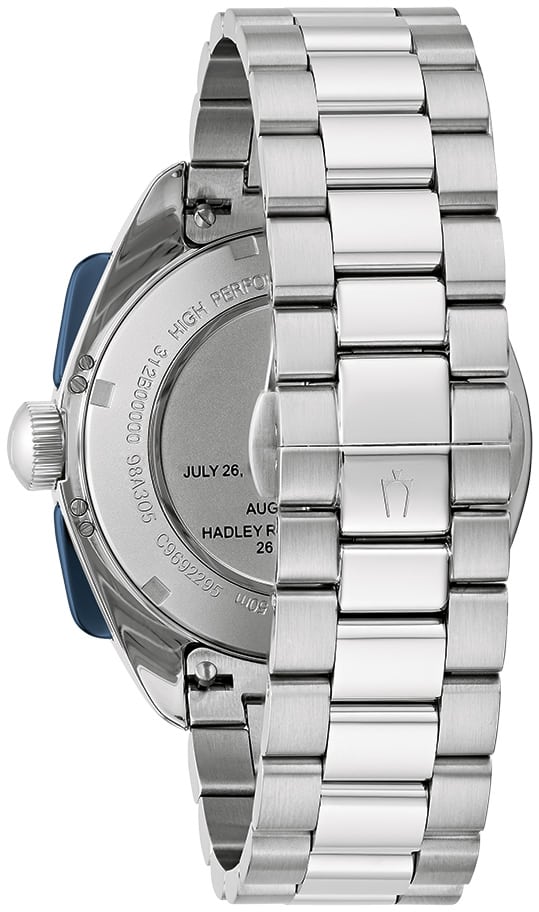The history of the Bulova Lunar Pilot Chronograph is a nebulous one. Sure, its claim to fame is that it was worn on the moon’s surface by astronaut Dave Scott during the 1971 Apollo 15 mission. As the story goes, Scott’s issued Omega Speedmaster malfunctioned during his second moonwalk, which opened up the door for his personal Bulova Lunar Pilot to get some action. But there were always questions to be answered in regards to where its design came from, what movement it used, and how it got into Scott’s possession in the first place. If you’re an Apollo enthusiast, moonwatch enthusiast, or both, then I’m sure these queries already have the gears turning. But before you move that cursor over to your browser search bar, I strongly suggest you stay right here and check out this editorial piece written back in 2016 by W&W contributor, Hung Doan, as he covers all the bases in this interesting piece of investigative journalism.
Alright, welcome back! Interesting bit of history, right?
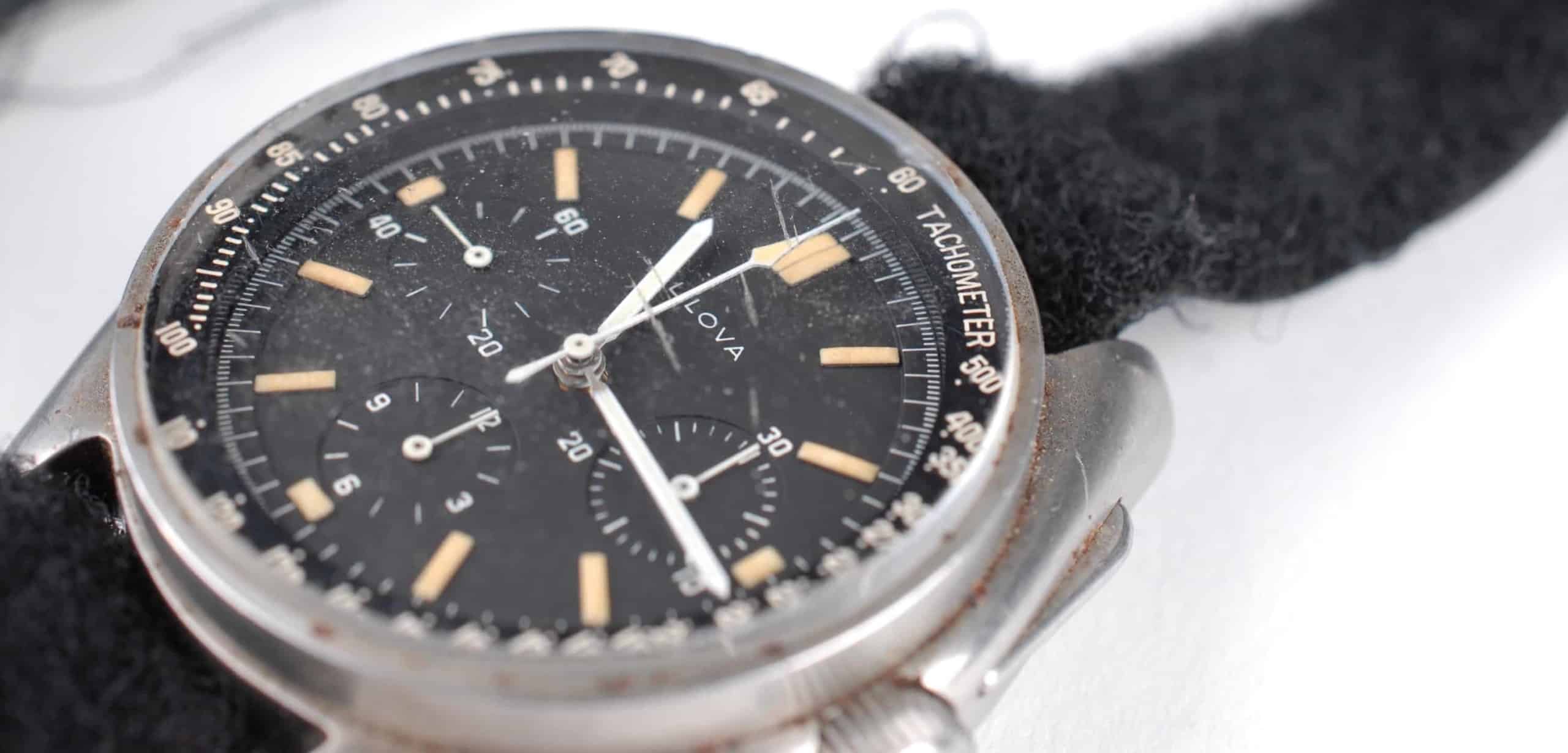
Fast forward to today, Bulova has announced that they are expanding their Lunar Pilot Chronograph line with two brand new models – a black dial and accompanying subdials harkening back to the traditional steel case special edition model and a cream textured dial with navy blue accents. Both variations get a new and improved case that’ll be more suitable for a wider range of wrist sizes, as well as a cleaner dial layout, and all of which still come with the same distinct case design and high-precision quartz movement.









 Featured Videos
Featured Videos




